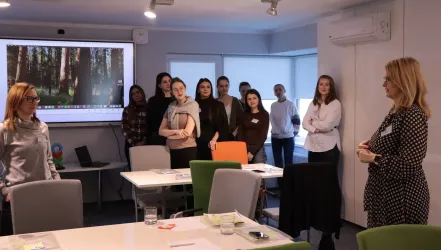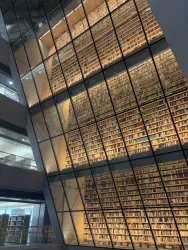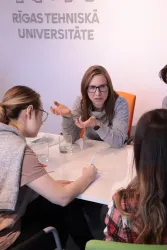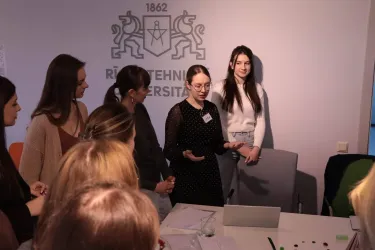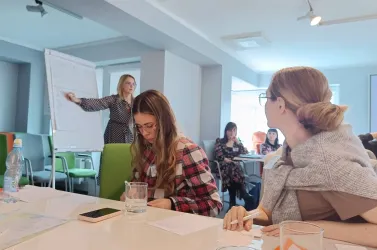From Riga with Insights: Embedding Learner-Centred Education
In April 2025, I had the chance to take part in the Erasmus+ course Application of a Learner-Centred Approach in Riga, Latvia. This experience gave me much more than teaching strategies—it reshaped how I think about leadership, learning, and connection. One unexpected benefit was the chance to slow down. The trainer encouraged us to take time - not just to think, but to feel. This shift from “covering content” to “connecting with learners” helped me realize how rushed some of our systems can be. It’s a reminder I want to bring back to our school.

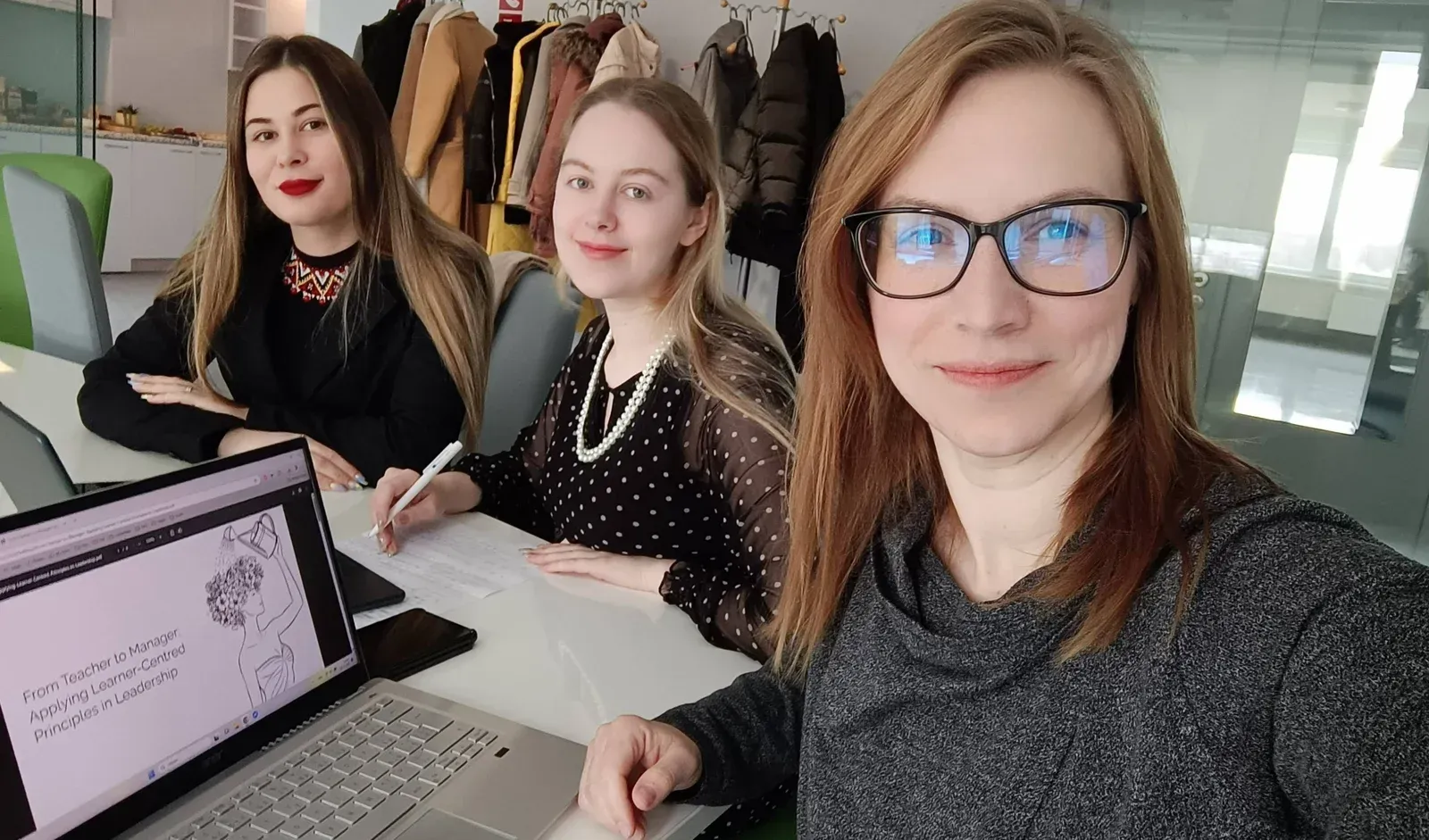
What I Learned
Throughout the week, we explored how education can truly become people-centred. I gained a deeper appreciation for how much individual learner differences matter - not only in terms of ability or motivation but in terms of emotional safety, learning styles, and personality. The trainer’s approach reminded me that building emotional security in the classroom isn’t a side task - it's foundational. As one participant put it: “We don’t just shape lessons - we shape lives.”
We worked with tools like learning style inventories, needs analyses, and Gardner’s multiple intelligences. We analyzed classroom situations, often based on real cases, and practiced active problem-solving as a group. Every session offered space for reflection, and I found myself thinking not just about my teaching, but about how I support the teachers I work with as a manager.
As a language teacher, this reminded me that fluency starts with confidence. As a manager, it made me reflect on how we build trust in our team and how much space we give for reflection - not just problem-solving. A learner-centred classroom begins with a teacher-centred team - a place where teachers themselves are listened to, respected, and supported.
What I’m Bringing Back to VAGeS
As a lecturer and manager at VAGeS, I see several ways we can benefit from the person-centred approach:
Throughout that week, I was introduced to so many practical and engaging activities that I could bring into my classroom. These were activities designed to make learning more interactive, helping students to actively participate rather than passively receive information. In today's world, where information is readily available at the click of a button, it's even more important to make sure that the knowledge we share in the classroom is relevant and purposeful. The training made me see the value of focusing on what truly matters and teaching in a way that resonates with students, rather than just ticking off boxes in a curriculum. This experience wasn't just about learning new techniques; it was about reshaping how I approach teaching altogether. I finished the first week of the training course with a deeper understanding of how to engage my students more meaningfully and had an eagerness to apply what I had learned in my own classroom.

For our teaching team:
We already have an open, friendly atmosphere at VAGeS, but I see opportunities to deepen the learner-centred mindset across the team:
- I’d like to introduce more reflection during regular team meetings to help teachers connect with their own values and teaching goals. I also want to encourage more ownership and engagement during workshops and peer-support activities - not just attending, but actively shaping them.
- We’ll hold individual reflective sessions with teachers and set up shared files to track these conversations, jot down reflections on lesson observations, and follow up on goals. It’s a simple practice, but it builds trust, continuity, and accountability.
For our students:
- It be valuable to guide the teachers to explore the learning styles of our students and see how to support them more individually. We could experiment with “learning profiles” or visual self-assessment tools that help students reflect on how they learn best.
- I also want to bring more curiosity into our classrooms - not just answers, but big, open-ended questions that encourage inquiry based and collaborative learning.
Final Thoughts
This experience in Riga didn’t just give me new techniques - it reminded me why I chose this profession. Learner-centred education is not a method - it’s a mindset, which starts with genuine curiosity about the people we teach and the people we work with. I'm grateful for the opportunity to reflect on my own practice and leadership style and look forward to sharing and growing this approach with the VAGeS team.

Financované Európskou úniou. Vyjadrené názory a postoje sú názormi a vyhláseniami autora(-ov) a nemusia nevyhnutne odrážať názory a stanoviská Európskej únie alebo SAAIC. Európska únia ani SAAIC za ne nepreberajú žiadnu zodpovednosť.
Jana Grežová
Jazyková škola VAGeS
Podobné články

Čo je koučing a čo je jazykový koučing?

Digital Skills with AI for Teachers & Train the Trainer






